The period 1900-1909 by chance almost exactly covers the Edwardian age in BritainQueen Victoria died in 1901 and King Edward VII acceded the throne in the same year dying in early 1910. Waistcoats were always worn over a white shirt.
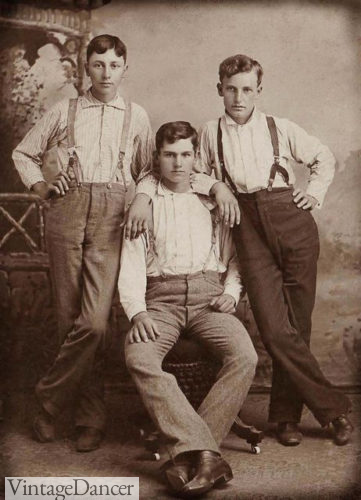
1910s Men S Working Class Clothing
Fashionable clothing for boys included sailor suits consisting a shirt with a sailor collar and trousers or knickerbockers.

. The bow tie was a popular and fun option as well as skinny silk or knit tie ties in solid or stripes. More 1910s Mens Fashion History 1910s Mens Casual Clothes Sportswear knitwear summer fashion Eveningwear Formal tuxedo morning suit and wedding clothes Mens Workwear Clothing for the working class men Mens Edwardian Motoring clothes For car drivers and workers Mens Vintage Boating. At the turn of the century many began wearing the middle-class mens suit that originated in England as opposed to the more decadent knee-length frock coats and elaborate suits of the 1800s.
Bowler hats were no longer confined to working class men. They didnt fit the clothes that people were wearing. In 1893 when James Keir Hardie a member.
The bottom of the pant leg met the high stockings at the knee. For automobiling boys wore a duster with knickerbockers a flat cap and goggles. The Working Class in the Early 1900s.
The flat cloth cap he adopted was and remains strongly associated with the working class in Europe the Americas and even Asia. Upper class men wore silk or wool broadcloth vests. Standard wear for men in nonmanual work was the sack suit or three-piece suit usually worn with a shirt with a detachable collar while working-class men generally wore trousers and a button-down shirt.
Common styles were as follows. Men who could afford it chose. Even tiny girls were dressed in large hats 1900.
Regular ties with a. If not dressed for manual labor in the early 1900s men generally wore three-piece suits jacket trousers and waistcoat or vest with high round-collared white shirts neckties and derby or bowler hats. As factories and industries grew farmers provided the food and agricultural resources that helped sustain life.
Some men including younger men donned sack suits similar to modern business suits all day. Mens clothing in general changed much less frequently and less dramatically than womens clothing. Working men wore vests of heavy cotton or denim.
Hats for working men needed to be durable and affordable. What did Men Wear in the 1900s. Womens fashion was neat covering and detailed with ruffles buttons and lace in layers.
Boys and younger men wore three piece suits for dress consisting of a coat vest and knee pants which were tight fitting and usually made with double knees. Hats were old-fashioned dated boring. As mentioned the early 20th century was defined by a conservative fashion in combination with nature.
A mans hat in those days was meant to coordinate with his outfit. For a period between the 1970s-1990s mens hats went out of fashion. The blazer appeared at this time worn mostly for sports and casual activities.
In some situations working women were the. Working Class Women 1900s. Three-piece suits no longer had to match - they would sometimes have contrasting pieces.
Of course the Edwardian age was highly influenced by the long period of Victorias reign which had gone. Modern ties also gained popularity beginning in this decade. Some twenty years before Lenin made his grand political gesture adopting the workingmans cap another politician made a similar fashion decision for political reasons.
Even though the early 1900s were a time when urbanization was growing like wildfire and cities were popping up all over the map rural farming was still an important occupation of the working class. 1900s womens fashion In the Edwardian era. More like this.
Most colors were medium to dark shades of grey and brown. Two French boys wearing knickerbockers 1900. But then in the early 21st century hat-wearing for men and women is coming back into fashion.
Grey flannel suits were common worn with shirt tie and pocket handkerchief. Checks tweed and small plaid were common patterns. 1917 mens flannel sport or work shirts.
Only the richest people were able to afford Paris fashions so many American designers became popular during the 1930s when money was tight. There was a very large gap between the upper class and the lower working class. Nobody was wearing them.
Even laborers wore vests at work as appearing in only a shirt was considered inappropriate. Mens fashions still revolved around the suit. Up to 24 cash back There were certain magazines especially made for people in the working class such as Mabs.
The colors were often in sweet pastels or a traditional set of a white blouse and a black skirt. Hair was worn with a side parting but slicked back with Brill cream. Jackets became narrow with smaller lapels.
Mens ties were usually worn with most casual suits and sportgolf outfits. Tweed or check jackets worn with non-matching trousers were also popular and open collars were permitted for casual wear. The common utilitarian dress for laboring men before the twentieth century was made up of breeches or trousers jackets and waistcoats of hard-wearing materials such as moleskin fustian or corduroy.
Cap The sporty 8 panel cap newsboy ivy big apple came in every fabric from wool to leather and cotton to corduroy.
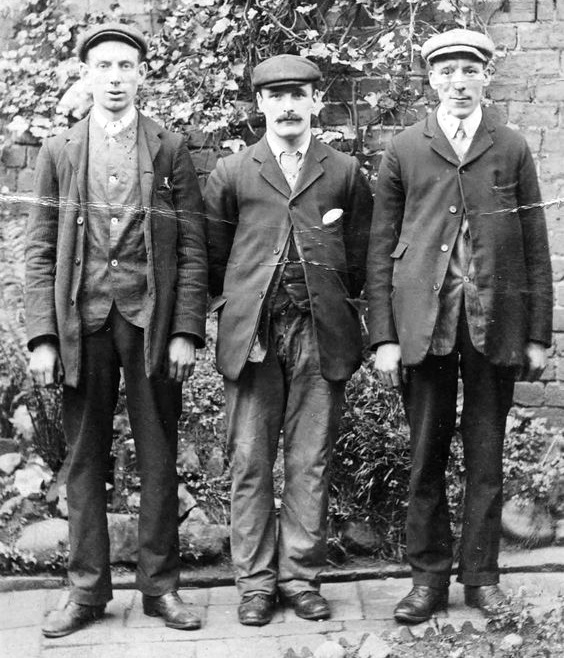
1910s Men S Working Class Clothing
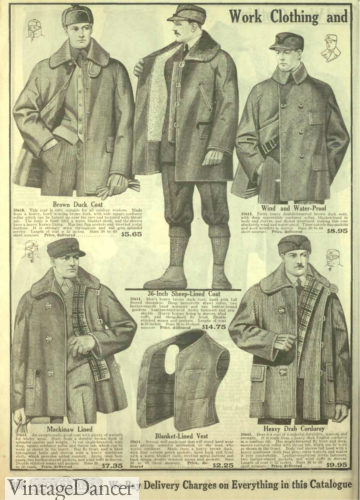
1910s Men S Working Class Clothing
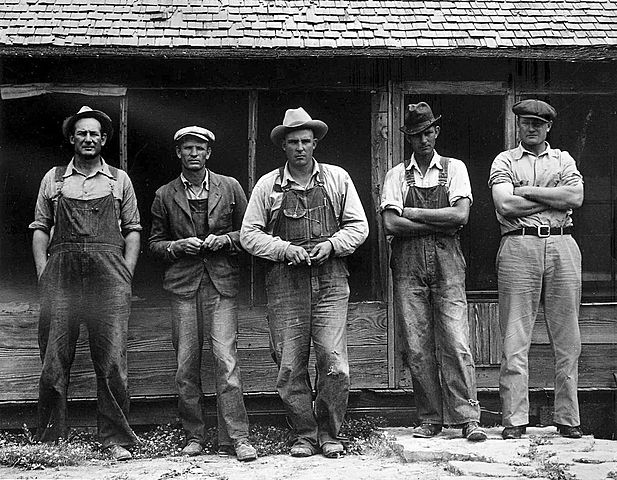
Men S Apparel 1890 1930 Timeline Timetoast Timelines
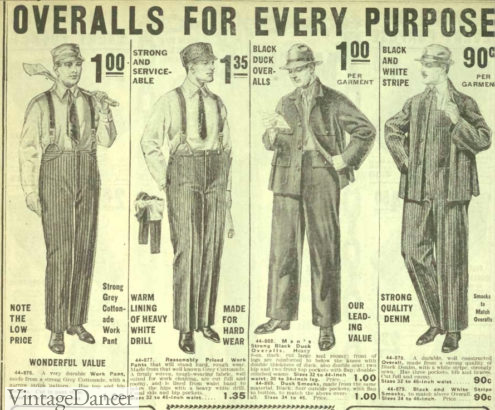
1910s Men S Working Class Clothing

36 Men S Clothing Ideas Class Outfit Second Hand Clothes Working Class
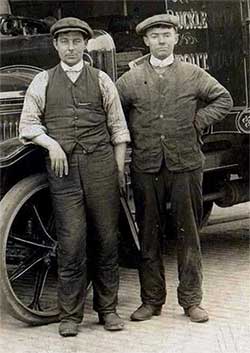
How Working Class Men Spent Their Time In The Early 1900s

Victorian Working Class Clothing Outlet Shop Up To 52 Off Www Ingeniovirtual Com

Victorian Working Class Clothing Outlet Shop Up To 52 Off Www Ingeniovirtual Com
0 comments
Post a Comment